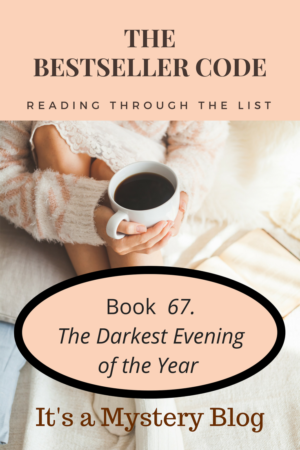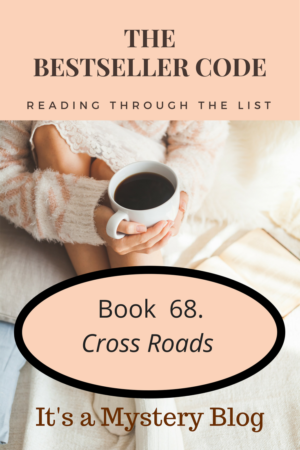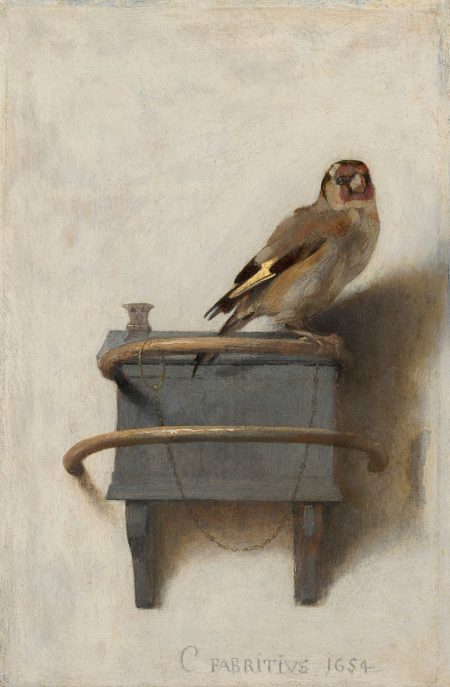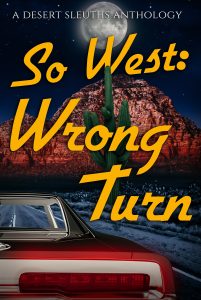The Lovely Bones by Alice Sebold is next up on our 100 Bestsellers List reading challenge. Sebold’s novel was published in 2002 and received several literary awards, including the Bram Stoker Award for Best First Novel. I first read this book in 2004 and enjoyed it then. When I saw it on our reading list I wondered whether it would stand the test of time.
This post contains spoilers.
The Lovely Bones by Alice Sebold
(*Amazon Affiliate link)
Unique Voice
Alice Sebold has written a unique character in Susie Salmon, a fourteen-year-old girl who is murdered in the very first chapter and then relates what happens to herself in heaven and her family and friends on earth over the next decade. Sebold’s take on high school, the way in which Susie’s friends react and cope with her murder, brought back to me much of the angst and joys I experienced in high school.
For a first-time novelist, Sebold has a powerful mastery of descriptive language. Susie’s version of heaven has an interesting smell…
The air in my heaven often smelled like skunk—just a hint of it. It was a smell that I had always loved on Earth. When I breathed it in, I could feel the scent as well as smell it. It was the animal’s fear and power mixed together to form a pungent, lingering musk.
… and feel.
I turned around and went back to the gazebo. I felt the moist air lace its way up along my legs and arms, lifting, ever so slightly, the ends of my hair. I thought of spider webs in the morning, how they held small jewels of dew, how, with a light movement of the wrist, I used to destroy them without thinking.
It made me wonder what my individual slice of heaven would be like.
The Eyes Have It
They say that eyes are the windows to one’s soul and in The Lovely Bones this is certainly true. Before her death, Susie dreamed of being a wildlife photographer and her most prized possession was her camera. Referring to one of the early pictures that Susie took of her mother, Sebold writes:
My mother’s eyes were oceans, and inside them there was loss.
Susie used so many rolls of film that her father made her choose only a few to get developed due to the expense. Several years after Susie’s murder, and after his wife had abandoned their marriage, her father developed the rest of the rolls. On the very last roll he discovered a series of photos that Susie took of her mother one day just before her father arrived home from work. This series of photos is a window to the diminished dreams Abigail experienced as she left behind the world of literature she studied in college and became first a wife, then a mother. Susie’s father had not been aware of this change in his wife, not until he saw these photos.
Out of the corner of my eye I saw my father walk through the side door into the yard. He carried his slim briefcase, which, years before, Lindsey and I had heatedly investigated only to find very little of interest to use. As he set it down I snapped the last solitary photo of my mother. Already her eyes had begun to seem distracted and anxious, diving under and up into a mask somehow. In the next photo, the mask was almost, but not quite, in place and the final photo, where my father was leaning slightly down to give her a kiss on the cheek—there it was.
“Did I do that to you?” he asked her image as he stared at the pictures of my mother, lined up in a row. “How did that happen?”
He finally comes to understand why his marriage disintegrated after Susie’s death and also, interestingly enough, from those pictures he remembers the woman he first fell in love with and falls in love with her all over again, even though she is totally absent from his life at that point.
Possession, Again?
The only bit of this book that I did not really like was where Susie and her friend Ruth essentially trade places – Susie inhabits Ruth’s body for a short while and Ruth is transported to Susie’s version of heaven. I didn’t like the whole “inhabited body” thing in The Cross Roads and I didn’t like it here either. I didn’t understand what Ruth was doing in heaven (Ruth was the most unusual and difficult to comprehend character in the novel), and I felt that the whole scene with Susie in Ruth’s body having a relationship with her old school sweetheart was rather gratuitous on Sebold’s part.
Lovely Bones
Upon reading the book description, you expect that the title The Lovely Bones refers in some way to Susie’s dismemberment, although how that could be considered lovely baffles the mind. In the very last chapter, though, we learn that Sebold uses bones as a metaphor for the bonds that hold Susie’s family together.
These were the lovely bones that had grown around my absence: the connections—sometimes tenuous, sometimes made at great cost, but often magnificent—that happened after I was gone. And I began to see things in a way that let me hold the world without me in it.
I’m glad this book was on our list and provided me with the opportunity to read it again. I appreciated Sebold’s writing much more the second time around.
Have you read The Lovely Bones by Alice Sebold? We’d love to hear your thoughts.
Related posts:
- Book-beginnings, a discussion of the first line of the novel
- Karen’s review from a reader’s perspective
- Roberta’s review from a writer’s perspective
You can also join us on social media:
- The Bestseller Code 100 Pinterest Page
- Twitter: #BestsellerCode100
- Facebook: Bestseller Code 100 Reading Group
- The full list is now posted on GoodReads
__________________
What are we reading next?
If you ever have questions about what we are reading next or when we’re starting the next discussion, check the 100 Book List tab in the navigation bar at the top of the blog. Links in the list go to the landing page from this blog where the discussion starts. However, this is an open-ended challenge so feel free to jump in with any of the books at any time.
The next book is number 65. Orphan Train by Christina Baker Kline (2013) – Discussion begins March 5, 2018
Historical fiction

















